James Home, 2nd Earl of Home (died 1633) was a Scottish nobleman.
Contents
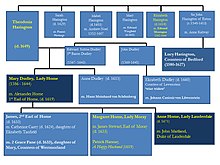
James Home, 2nd Earl of Home (died 1633) was a Scottish nobleman.

James was the son of Alexander Home, 1st Earl of Home and Mary, Countess of Home. Known as "Lord Dunglass", he became Earl of Home when his father died in London in April 1619. [1] His mother wrote to James I on his behalf in negotiations over the properties formerly belonging to Francis Stewart, 5th Earl of Bothwell. [2] The Earl of Home attended the funeral of James VI and I at Westminster Abbey on 7 May 1625. [3]
James married firstly, Catherine Cary (1609–1626) eldest daughter of Viscount Falkland and the playwright Elizabeth Tanfield Cary author of The Tragedy of Mariam . [4] John Chamberlain reported that King James had arranged the marriage which took place in the King's chamber or presence chamber at Whitehall Palace in May 1622. [5] The king wanted the marriage concluded before Viscount Falkland become Lord Deputy of Ireland. In Scotland, on the king's orders, the lawyer Thomas Hamilton had convened the six lairds of the Home name; Wedderburn, Ayton, Blackadder, Polwarth, Manderston, Hutton Hall, and North Berwick. He told them the details of the earl's marriage, and that King James wished them to be "instruments of peace and love between him and his lady." The lairds hoped that Home's mother would consult with them about the earl's business and consider their advice. Otherwise they would not be content to intervene in the earl's affairs. [6]
Friends of Elizabeth, Lady Falkland, who may have supported the marriage plans, include Mary, Countess of Buckingham, and mother of the royal favourite, the Duke of Buckingham, her stepmother Cecily, Lady Manners, wife of Francis Manners, 6th Earl of Rutland, and Margaret Butler, Viscountess Mountgarret. [7]
In December 1622, the Earl of Home had a serious infection in the mouth, and his wife also had a tooth pulled out. [8] The Life of Lady Falkland relates that Catherine, Countess of Home, had a religious vision in Scotland. [9] Catherine's death in childbirth in 1625 and the vision were said to have caused her mother's conversion to Catholicism. [10] [11]
One of Catherine's maids, Bessie Poulter, returned to England to serve Lady Falkland and was said to have been affected by preaching about witchcraft and Catholic priests in Scotland. [12]
In 1626 James married Grace Fane (d. 1633), eldest daughter of Francis Fane, 1st Earl of Westmorland and Mary Mildmay. She also had connections with the Villiers family. [13]
An account of expenses mentions his dogs and his horse "Sweepstakes" and money in gold sent to England for his expenses or investment. [14]
James died in London without an heir on 13 February 1633, [15] attended by the court physician Théodore de Mayerne, [16] and Grace died soon afterwards at Apethorpe. The next Earl of Home was Sir James Home of Coldenknowes.
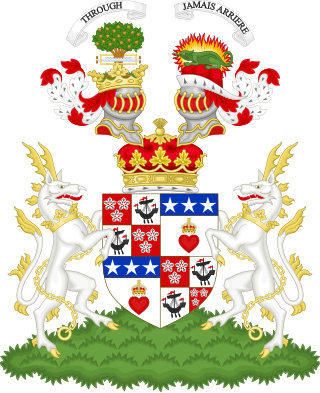
Duke of Hamilton is a title in the Peerage of Scotland, created in April 1643. It is the senior dukedom in that peerage, and as such its holder is the premier peer of Scotland, as well as being head of both the House of Hamilton and the House of Douglas. The title, the town of Hamilton in Lanarkshire, and many places around the world are named after members of the Hamilton family. The ducal family's surname, originally "Hamilton", is now "Douglas-Hamilton". Since 1711, the dukedom has been held together with the Dukedom of Brandon in the Peerage of Great Britain, and the dukes since that time have been styled Duke of Hamilton and Brandon, along with several other subsidiary titles.

Henry Cary, 1st Viscount Falkland, KB, PC was an English landowner and politician who sat in the House of Commons from 1601 to 1622. He was created Viscount Falkland in the Scottish peerage in 1620. He was Lord Deputy of Ireland from 1622 until 1629.

James Douglas, the 4th Lord of Dalkeith, was created the 1st Earl of Morton in 1458.

James Stuart, 3rd Earl of Moray was a Scottish nobleman, the son of James Stewart, 2nd Lord Doune and Elizabeth Stuart, 2nd Countess of Moray.
George Gordon, 2nd Earl of Huntly was a Scottish nobleman and Chancellor of Scotland from 1498 to 1501.
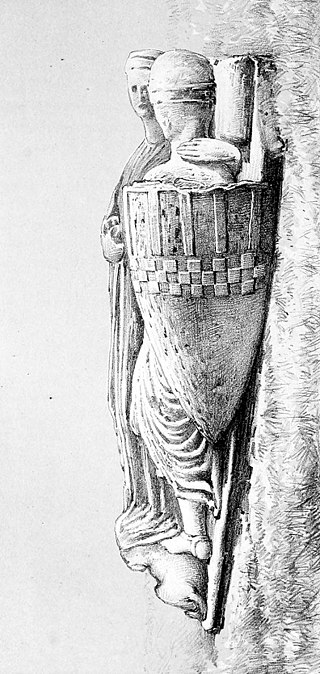
Walter Bailloch, also known as Walter Bailloch Stewart, was distinguished by the sobriquet Bailloch or Balloch, a Gaelic nickname roughly translated as "the freckled". He was the Earl of Menteith jure uxoris.

Princess Joan Stewart, Countess of Morton, also called Joanna, was the daughter of James I, King of Scotland, and the wife of James Douglas, 1st Earl of Morton. She was known, in Latin, as the muta domina [mute lady] of Dalkeith.
Annabella of Scotland was a Scottish princess, a member of the House of Stewart, and by her two marriages Countess of Geneva and Countess of Huntly. Both of her marriages were annulled, the first without being consummated and the second on grounds of consanguinity.

Mary Villiers, Countess of Buckingham was a British peeress. She is perhaps best known as the mother of the royal favourite George Villiers, 1st Duke of Buckingham. She was the daughter of Anthony Beaumont of Glenfield, Leicestershire, a direct descendant of Henry de Beaumont, and his wife Anne Armstrong, daughter of Thomas Armstrong of Corby.
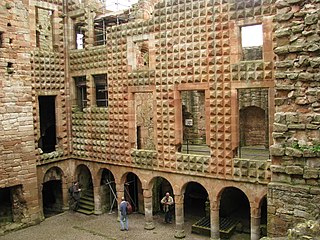
Francis Stewart, 5th Earl of Bothwell, was Commendator of Kelso Abbey and Coldingham Priory, a Privy Counsellor and Lord High Admiral of Scotland. He was a notorious conspirator who led several uprisings against his first cousin, King James VI, all of which ultimately failed, and he died in poverty in Italy after being banished from Scotland. Francis's maternal uncle, the 4th Earl of Bothwell, was the chief suspect in the murder of James VI's father, Lord Darnley.
Anne Hamilton, Countess of Huntly, was a Scottish noblewoman and a member of the powerful Hamilton family which had a strong claim to the Scottish crown. Her father James Hamilton, Duke of Châtellerault, 2nd Earl of Arran was heir presumptive to the throne of Scotland after Mary, Queen of Scots prior to the birth of the latter's son Prince James in 1566. Anne was the wife of George Gordon, 5th Earl of Huntly, Lord Chancellor of Scotland and a chief conspirator during the reign of Queen Mary.
Alexander Gordon, 3rd Earl of Huntly was a Scottish nobleman. He was a member of Parliament, a member of the Privy Council, a regent and Lieutenant of the kingdom.
Lady Jean Stewart, was an illegitimate daughter of King James V of Scotland by his mistress, Elizabeth Bethune.
Anne Lyon, Countess of Kinghorne, was a Scottish courtier said to be the mistress of James VI of Scotland.

William Keith, 4th Earl Marischal was a Scottish nobleman and politician.
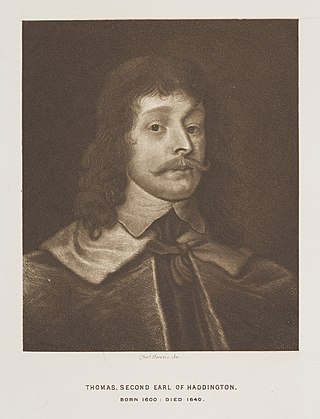
Thomas Hamilton, 2nd Earl of Haddington was a Scottish nobleman.
Mary (Dudley) Sutton, Countess of Home (1586–1644), was a landowner, living in England and Scotland.
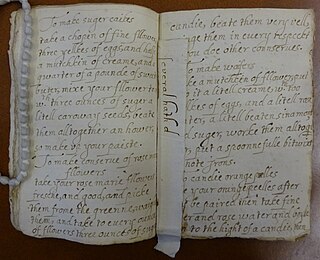
Margaret Home, Countess of Moray was a Scottish aristocrat and compiler of recipe books.

Edward Cary or Carey or Carye was an English courtier and Master of the Jewel Office for Elizabeth I and James VI and I.

Catherine or Katherine Tollemache, Countess of Sutherland was an English aristocrat.